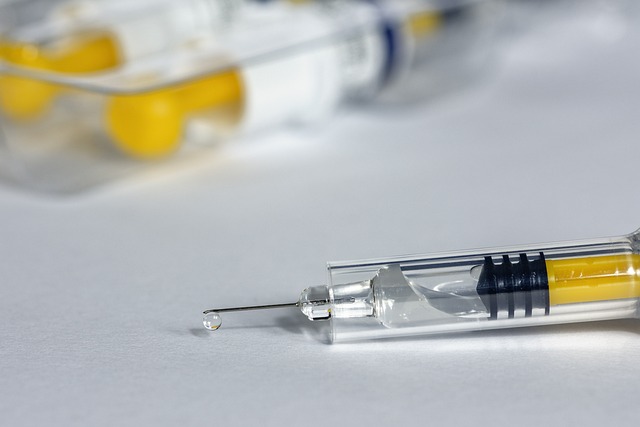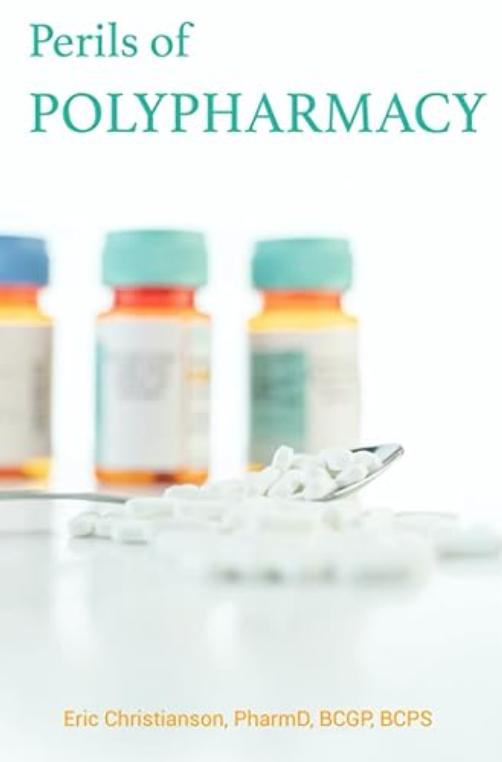This article is going to compare Wegovy versus Ozempic, two different brand-name medications that share the same active ingredient: semaglutide. Both medications are subcutaneous injections, and both are administered once per week using pen injector devices. The question that patients then usually have is, are these medications the same? We are going to share the key similarities and differences between these products.
Wegovy Versus Ozempic – Similarities
Mechanisms:
Semaglutide is a glucagon-like peptide 1 agonist that selectively binds to and activates the same receptor as native GLP-1. Semaglutide reduces blood glucose by stimulating insulin secretion and lowering glucagon secretion. It also causes a minor delay in gastric emptying which also contributes to the blood glucose lowering effect. Native GLP-1 also contributes to the regulation of appetite and caloric intake by activation of GLP-1 receptors. The use of a GLP-1 analog like Semaglutide, therefore, causes patients to experience a decreased appetite which can be helpful when trying to lose or manage weight.
Metabolism:
Due to the fact that the Semaglutide in both Wegovy and Ozempic are identical in chemical structure, they share the same Pharmacokinetic profile. Both are 89% bioavailable and are metabolized primarily by proteolytic cleavage of the backbone peptides and beta-oxidation of the fatty acid side chain. Only about 3% of the drug is excreted unchanged.
Side Effects:
The most common side effects associated with GLP-1 agonist medications, like Semaglutide, are GI-related. Nausea and diarrhea are the most common adverse effects of both medications, followed closely by abdominal pain, vomiting, and constipation. These reactions are generally dose-dependent, being more likely to occur or more severe as doses increase. Due to Wegovy having a higher recommended maintenance dose (1.7 to 2.4mg weekly) compared to Ozempic (0.5 to 1mg weekly), patients using Wegovy are more likely to experience more frequent or more severe side effects, particularly as they titrate up to a new dose.
In most cases, these side effects are not long-term and should resolve in 2 to 3 weeks after a dose increase. However, if a patient experiences side effects that do not resolve, become severe, or cause significant disruption in their daily life, it may be worth considering returning to a lower, previously tolerated, dose.
The Differences
Ozempic:
Initially approved by the FDA in 2017, this drug was originally indicated for the management of Type 2 diabetes to help patients achieve glycemic control. It has since been approved to reduce the risk of cardiac events in patients with type 2 diabetes and/or known heart disease (2020). While it is popularly used for weight loss, this is not an FDA-approved indication for this medication.
Administered via a multidose pen-injector device. Pens are available in the following strengths: 2mg/3mL pens that administer doses of 0.25mg or 0.5mg; 4mg/3mL pens that administer 1mg doses; 8mg/3mL pens that administer 2mg doses. While the pens are multidose, they are still single patient use only.
Based on guidance from the manufacturer, the standard maintenance dose of Ozempic for most patients is 0.5mg. If a patient requires additional glycemic control and is able to tolerate it, it is possible to increase the maintenance dose to 1mg weekly or 2mg weekly.
Wegovy:
Approved by the FDA in 2021 to be used for chronic weight management in patients who are already implementing a reduced-calorie diet and increased physical activity to lose/manage their weight. Currently, this is the only FDA-approved indication. Specifically, it is intended for patients who, based on BMI (kg/m2) are categorized as obese (30kg/m2) and overweight (27kg/m2).
Administer via a single dose, disposable pen-injector device. Pens are available in the following doses: 0.25mg, 0.5mg, 1mg, 1.7mg, and 2.4mg. Packages contain 4 individual pens each containing a single dose of medication.
The maintenance dose for Wegovy is higher than Ozempic. Based on manufacturer guidance, the maintenance dose can range from 1.7mg weekly to 2.4mg weekly. Patients generally titrate up to this maintenance dose over the course of 4 months, starting at 0.25mg weekly and increasing the dose every 4 weeks.
As we can see when comparing Wegovy versus Ozempic, the primary differences in these medications are what they are indicated to treat/manage, how they are supplied, and the doses used for maintenance therapy.
Looking for more on GLP-1 Agonists? Here are 3 drug interactions you should be aware of!
This article was written by Tori McDougald, PharmD Candidate, in collaboration with Eric Christianson, PharmD, BCPS, BCGP.
- 30 medication mistakes PDF
- 18+ Page Drug Interaction PDF
- 10 Commandments of Polypharmacy Webinar based on my experiences in clinical practice









0 Comments